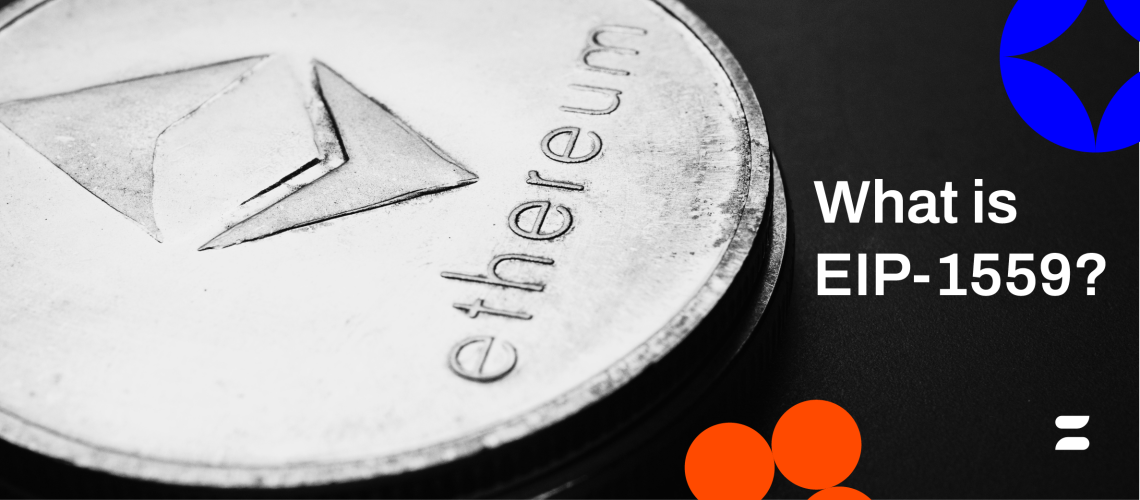
The EIP-1559 proposal was one of the most hyped changes in the history of Ethereum. Many people hailed it as the ultimate turn toward deflationary tokenomics, whereas others couldn’t help but rejoice at the thought of lower and more transparent “gas” fees.
For those without a technical background, all that hype was hard to make sense of. So in this article, we’re going to outline exactly what EIP-1559 is, how it works, and what it means for the wider Ethereum ecosystem.
Ethereum is an open-source project. By its nature, development happens through a democratic interaction of developers and contributors from all across the globe. One major aspect of this decentralized approach is the democratic proposals system.
For any change to happen, participants of the Ethereum network must propose a change and then secure approval from other members. EIP-1559, then, was one such proposal that hoped to bring transparency into the way ETH transaction costs are calculated and alter the distribution of rewards too.
In fact, EIP-1559 was part of five major proposals that were collectively referred to as the London Hard Fork. A quick search on Google will bring up thousands and thousands of headlines with that name.
While EIP-1559 had many implications, it primarily proposed three major changes to how ETH transactions happen:
To understand how the updated fee mechanism works, it’s best to consider it through an example. Let’s say you want to process your transaction as soon as possible. The only way to do so would be to bid higher than everyone else. Unfortunately, the previous model made it so you had only one shot to guess.
In practice, that means that if you bid 100 GWEI for a transaction, but the second highest bid was only 30 GWEI, you would have still had to pay the full 100 GWEI for that transaction.
With EIP-1559, now you can bid as high as you want. The system will only charge you one point more than the second-highest bid. So in our previous example, you’d only pay 31 GWEI instead of 100, even if your maximum is set to 100.
The EIP-1559 update had many implications for all members of the network, including users and dApps.
For dApps, this update allowed them to get the latest gas fee analysis directly from the Ethereum protocol itself. Instead of relying on external oracles with each making its own educated gases, this proposal made Ethereum the one true source of the base fee. As a result, the gas fees are far more transparent and fair than ever.
At the same time, a lot more transactions can be processed as EIP-1559 made it possible to the network to double its block size when needed.
For users, this update unlocks many advantages. For starters, they can ensure swift processing for their transaction without overpaying in bidding wars. This is important for people trying to snag up the hottest NFTs and tokens at launch or any major announcements.
On the other hand, the average user can simply skip the bidding wars by setting a rate that’s acceptable to them. The network will keep their transaction in queue until there’s free space in a block to process their transaction. All of this happens automatically.
Finally, since now all base fees are burned instead of being handed to miners as a reward, the ETH token has some deflationary aspects to it too. In fact, over a million ETH were burned within just a few months of this update going into effect.
We hope this quick but insightful guide to EIP-1559 answers all the important questions you had in mind. UKISS Hub V1.1.2 currently supports EIP-1559. If you haven’t gotten yourself a Hugware yet, click here to add it to your cart. Worldwide shipping is available.